Sigma 180mm f3.5 EX APO Macro HSM Field Review
This is one of the best lenses for macro photography. The long focal allows to isolate the subject against a nicely blurred background and it gives a good working distance: the Sigma 180 a macro photographer dream lens. It offers an amazing image quality: it is so good that I have often used it even with the 2x TC, to get even more background blur and working distance.
Update: in 2008, I sold my Sigma 180 for the Canon 180...and I have regretted it. Read my Canon EF 180mm f/3.5 Macro L USM field review for a side by side comparison of the two 180 macro...
Lens Specifications
����| � | � � |
�
| �Focal length | � �180 mm |
�
| �Lens construction | � �13 elements in 10 groups |
�
| �Number of Diaphragm Blades | � �9 blades |
�
| �Angle of view | � �9.55º (on APS-C fotocamera); 13.71º (on 35mm camera) |
�
| �Max. Magnification | � �1:1 |
�
| �Maximum Aperture | � �f/3.5 |
�
| �Minimum Aperture | � �f/32 |
�
| �Stabilization | � �No |
�
| �Autofocus | � � Inner ultrasonic motor |
�
| �Full Time Manual Focus | � �Yes |
�
| �Closest Focusing Distance | � �0.46 meters |
�
| �Filter size | � �72 mm |
�
| �Dimensions | � �80 x 179 mm |
�
| �Weight | � �945 g |
�
| �Price | � �$ 690 |
�
| �Announced | � �199X - 2005 (now discontinued, replaced with the almost identical DG version) |
�
| �Accessories | � �Rear cap, front cap, lens hood, tripod socket, lens case.� |
�
Description
The Sigma 180 is very well built, even though it is not perfect. It is extremely robust; the entire lens barrel is made of metal and overall the lens is solid as a rock. My main complaint is the
lack of weather sealing - since I always use this lens outdoor, even in harsh environmental conditions, I'd really appreciate weather sealing. My second complaint regards the fine "Sigma EX style" opaque black painting: while it is very stylish, it shows scratches easily, and it is not very resistant to water - sometimes I've used the lens under the rain, and now the painting of my lens is completely ruined. It does not bother me too much, since the lens works perfectly both with and without the painting, but I'd have appreciated a better painting, as the one of Canon L lenses.
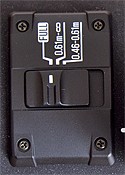
It is relatively big, as all 180 macro lenses (it is quite bigger than the Sigma 150 Macro) and it weights near 1kg. With the lens hood in place, it is nearly 24 centimeters long, but thanks to the minimum focussing distance of 46 centimeters it still has a much better working distance than shorter lenses.
The focus ring is very large (it occupies almost one half of the lens) an it is designed for a very precise focusing. You can view the reproduction ration and current focusing distance, in meters and feet, through a transparent window.
On the left side of the lens there are two switches. The first one is the Focus Limiter switch; you can choose between 0.46-0.61 meters, 0.61-infinity and 0.46-infinity. This switch allows reduce the focus range and then it allows a faster AF. The second switch let you select AF or MF. The AF is performed an ultrasonic motor; it has "full time manual focus", i.e. you can manually override the autofocus in every moment without changing the position of the switch and without any risk to damage the lens.
The autofocus is quite slow, but it is not a surprise: all macro lenses have a slow autofocus, because the AF has to search the focus between a very wide range of distances (from 0.46m to infinity). You can get a faster AF using the Focus Limiter, that reduces the AF range, or pre-focusing manually (thanks to Full Time Manual Focus you can switch from AF to MF in every moment). Another way to get better AF is by using the center AF sensor, that is the most sensitive AF point.
The lens is supplied with a sturdy, well balanced tripod collar and with a large lens case. The tripod collar is one of the things that make me love this lens; when the lens is mounted on the tripod, it allows to switch from horizontal framing to vertical without moving the tripod head (you just have to loosen the knob and to rotate the camera). Other than that, if you place the camera on the ground the tripod collar adds some height to the lens/camera combo, making possible looking into viewfinder (even though it is not very comfortable - I highly recommend to buy the Canon Angle Finder-C for macro work).
The 180mm has a closest focusing distance of 0.46m; in other words, you need to stay at 46cm from the subject to achieve the maximum reproduction ration of 1:1. It is far more than the 30cm of the 105 macro or the 18cm of the 50 macro, and it allows to take photos of shy subjects; you can increase the working distance with teleconverters (as shown in the following table), while maintaining and excellent quality.
����| �Focal Length | � �Focusing distance at 1:1 | � �Working distance (no hood) | � �Working distance (with hood) |
�
| �180mm | � �46.0 centimeters | � �23.8 centimetri | � �15.9 centimeters |
�
| �250mm | � �54.0 centimeters | � �30.1 centimetri | � �22.2 centimeters |
�
| �360mm | � �64.5 centimeters | � �37.3 centimetri | � �29.4 centimeters |
�
| �500mm | � �80.0 centimeters | � �50.8 centimetri | � �42.9 centimeters� |
�
Similar Lenses (for Canon EOS)
Tamron and Canon have a 180mm macro; both of them have excellent image quality (as good as the Sigma), but they have some disadvantages.
The
Tamron SP 180mm f/3.5 Di LD Macro has internal focus, but it doesn't have ultrasonic AF motor and it has not full time manual focus, that may be useful if you photograph a very active subject. The image quality is on par with the Sigma.
The
Canon EF 180mm f/3.5L Macro USM has slightly better built quality, but the image quality is the same, and it costs twice: in my opinion, it is not worth the price difference. The only real advantage of the Canon is the possibility of using Canon TCs, while the Sigma 180 Macro can use only Sigma teleconverters.
Sigma has also another long macro lens, the
Sigma 150mm f2.8 EX APO Macro HSM DG. This lens is quite similar to the 180 f3.5, but I wouldn't have any hesitation to choose the 180: in my opinion, the 30mm of difference are much more important than the difference between f/2.8 and f/3.5, in particular for a macro lens (insects and other macro subjects are not easy to approach and you need as much focal length as possible, while you won't use often wide apertures as f/2.8 or f/3.5).
Image Quality
The Sigma 180 Macro has
superb image quality. The sharpness is excellent between f/5.6 and f/16; at f/3.5 it is a little softer, but still usable. If you compare an image taken at f8 with one taken at f3.5 you surely notice a difference of sharpness; nevertheless, the results at f/3.5 as still amazingly good, in particular if you consider that the Sigma 180mmm is a macro lens, optimized for relatively small apertures (f/8-f/16). I wouldn't hesitate to use this lens wide open. The smallest aperture (f/32) is very soft, but this is not a defect of the lens (all lenses are soft at small apertures, due to diffraction). The chromatic aberration is almost absent, even wide open. I have never had problems of CA even in high contrast situations: this is a great accomplishment, that attests the quality of the lens. In 2005, Sigma has renewed its entire range of telephoto lenses with a "DG" version of every lens. According to Sigma, the DG version is optimized for digital cameras, and it has a better anti-reflective coating. Personally, I think that it is more a marketing strategy than an actual innovation; I have never had flare issues with the 180 Macro "not DG", reviewed here.
The following samples show the excellent quality of the lens at f/8 and f/16 (the smallest aperture that I recommend to use). The photos had been taken in RAW format and converted with Photoshop CS2; I processed them to optimize the image quality (contrast, color, sharpness), and I saved them as high-quality JPEG for web display.
Click on every image to download the full size JPEG sample. Please respect the copyright! These images can be printed only to evaluate the quality of the lens, for personal purposes. All other usages are prohibited.
�
"250mm Macro" : Sigma 180 + 1.4x TC
Mounting the Sigma 1.4x TC, you get a 252mm f/5.0, with longer working distance, better background blur and the possibility to reach the reproduction ratio of 1.4:1!
Even though I use very often the teleconverters with my 600 f/4, so far I hadn't thought about the improvement of background - since I use the 600 f4 almost always wide open, there is not background improvement with TCs: the background blur is the same both with a 600mm at f/4 or a 840mm f/5.6. In macro photography, instead, I often use small apertures, as f/8 or f/11: at the same aperture, a 250mm gives a more out of focus background than a 180mm, so the 1.4x TC gives a real advantage in term of separation between the subject and the background.
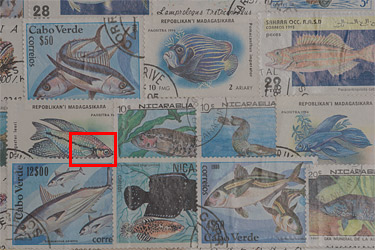
What about image quality? The 180 is a very sharp lens, and it is pretty good even with 1.4x TC, even though it is not as good as my "sharpness monster", the 600 f/4 L IS. Wide open at f/5.0 it is a bit soft, but from f/8 to f/16 it is very good. To measure the sharpness loss due to the TC, I have taken two photos of the same test target, the first with the 180, and the second one with the 180 + TC. In the second photo I increased the distance between the camera and the target to compensate the increased magnification; my goal was to capture two identical images, to compare the absolute sharpness, not the magnification.
����| �Sigma 180, unprocessed crop | � �Sigma 180 + 1.4x TC, unprocessed crop |
�
�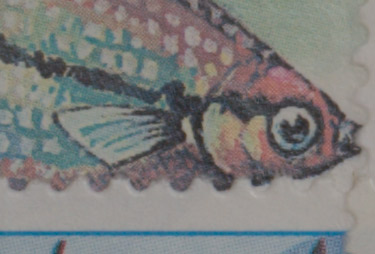 | � �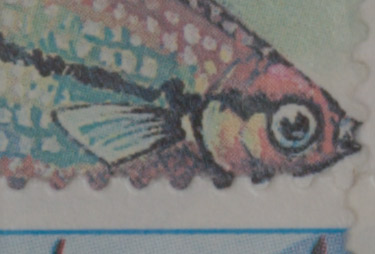 | �
�
����| �Sigma 180, processed crop | � �Sigma 180 + 1.4x TC, processed crop |
�
�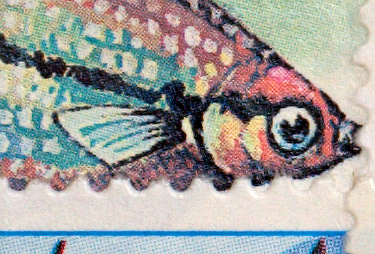 | � �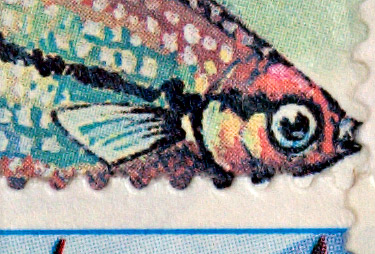 | �
�
Both the test photos had been taken at f/11, one of the sharpest apertures. At this aperture the difference is quite small in the unprocessed crop, and it is even smaller after a bit of post-processing.
Image Quality at 1.4:1 ratio
Other than increasing working distance, the teleconverter increases the maximum magnification. With the Sigma 1.4x TC, the 180 reaches a reproduction ratio of 1.4:1, at the minimum focussing distance of 46 centimeters.
Photographing beyond the 1:1 ratio allows to take amazing photos even of the smallest subject - on the Canon 20D camera, you can frame an area of just 16x10 millimeters! Compared to fullframe (24x36mm format), you have an actual macro ratio of 2.2:1 - an exceptional magnification that you can exceed only with specialized macro lenses as the Canon 65mm MP-E 1x-5x.
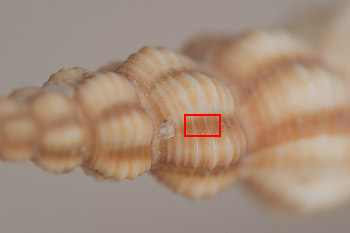
On the other hand, photographing at these ratios if far from easy - the depth of field is truly minimal, but you can not stop down to much, because the diffractions shows clearly its effects. To determine the smallest usable aperture and the image quality of the 180 + TC at maximum magnification, I've made this simple test at different apertures. Above you can see the full size photo (at f/8), while on the crops below you see a detail at 100% magnification. The crops had been converted without any adjustment of contrast, color or sharpening.
����| �f/5.0 | � �f/8.0 |
�
�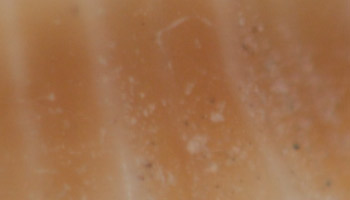 | � �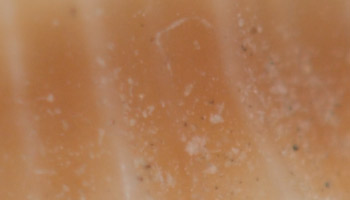 | �
�
����| �f/11 | � �f/16 |
�
�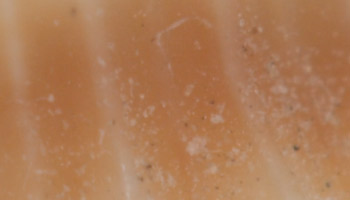 | � �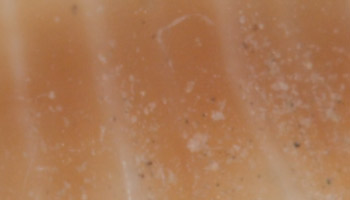 | �
�
����| �f/22 | � �f/45 |
�
�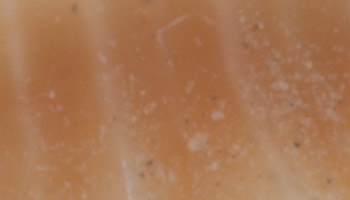 | � �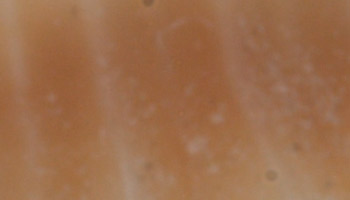 | �
�
The results are quite good, actually a bit better than what I expected. It is pretty soft wide at f/5.0 - but I'd never use this aperture at 1.4:1 macro ratio, the depth of field is way too thin! At f/8 and f/11, the lens reaches its maximum sharpness, and the detail is very good. I've been positively surprised to see that even at f/16 it is still quite sharp - a very good result, considering the magnification. The smallest apertures, as expected, are very soft due to diffraction; f/22 is already unusuable for my personal standard, and f/45 is ridiculously soft (I can assure you that the photo taken at f/45 is perfectly focussed and there is not motion blur - the extreme softness is exclusively a result of diffraction).
Image Samples: Sigma 180mm + 1.4x TC
The image quality, as shown in the previous tests, is really good. The sharpness is still excellent. The following samples show the quality of the lens at various apertures. The photos had been taken in RAW format and converted with Photoshop CS2; I processed them to optimize the image quality (contrast, color, sharpness), and I saved them as high-quality JPEG for web display.
Click on every image to download the full size JPEG sample. Please respect the copyright! These images can be printed only to evaluate the quality of the lens, for personal purposes. All other usages are prohibited.
�
�
"360mm Macro" : Sigma 180 + 2.0x TC
Combined with the 180, the 2x teleconverter gives a 360mm f/7.1, with 2:1 macro capability - amazing! What is even more amazing, is that the image quality is still good - after post processing, it would be difficult to tell if a photo has taken with the bare lens of with the 2x TC. To measure the sharpness, I repeated the same studio test that I did with the 1.4x - I have taken two photos of the same test target, the first with the 180, and the second one with the 180 + TC. In the second photo I increased the distance between the camera and the target to compensate the increased magnification; my goal was to capture two identical images, to compare the absolute sharpness, not the magnification. The following images are 100% crops from photos taken at f/16 (the sharpest aperture of the 180 + 2x).
����| �Sigma 180, unprocessed crop | � �Sigma 180 + 2.0x TC, unprocessed crop |
�
�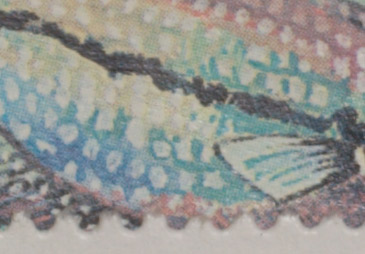 | � �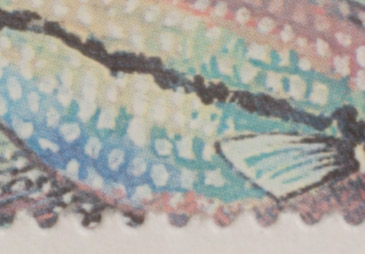 | �
�
����| �Sigma 180, processed crop | � �Sigma 180 + 2.0x TC, processed crop |
�
�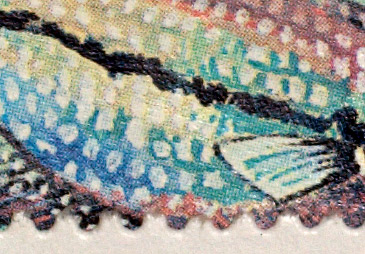 | � �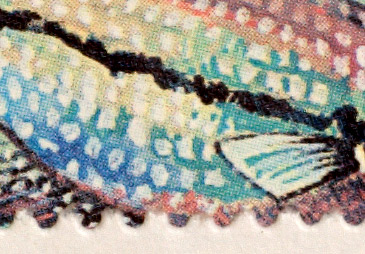 | �
�
The lens is very soft wide open at f/7.1, but it improves a lot stopping down: it is good at f/11, and very good at f/16: a remarkable result. The image at 2:1 is quite good - at this magnification, the sharpest aperture is f/13, but the lens is usable at every aperture between f/11 and f/16.
Image Samples: Sigma 180mm + 2.0x TC
Nowadays, I use the 2.0x TC on the lens almost all the times. With the 2x I almost always shoot at f/11 or f/16, that are the sharpest aperture of this combination. The following samples show the quality of the lens at various apertures. The photos had been taken in RAW format and converted with Photoshop CS2; I processed them to optimize the image quality (contrast, color, sharpness), and I saved them as high-quality JPEG for web display.
Click on every image to download the full size JPEG sample. Please respect the copyright! These images can be printed only to evaluate the quality of the lens, for personal purposes. All other usages are prohibited.
�
�
Other Reviews
-
Sigma 180mm f/3.5 EX APO Macro HSM Review by Shutterbug
-
Sigma 180mm f/3.5 EX APO Macro HSM Review by Photozone
Conclusions
Pros
. Excellent sharpness between f5.6 and f16, very good even with the 1.4x TC and 2.0x TC
. Good built quality
. Full time manual focus thanks to ultrasonic AF motor
. Excellent price/performances ratio (the Canon's and Nikon's equivalents cost almost twice)
. The focal length allows to isolate the subject against a blurred background
. Closest focusing distance of 46cm
Cons
. Lack of weather sealing and so-so painting
. Slow autofocus
. Lack of image stabilization (this is a very minor cons, since this lens is rarely used handheld)
Conclusion
In my opinion, the Sigma 180 is
the best lens for macro photography. Some aspects could be improved: a better painting, weather sealing and image stabilizations, useful when you have to shoot handheld, would make it practically perfect. That said, it is one of my preferred lenses, for its image quality and background blur.
I
highly recommend this lens to everyone interested in macro photography!

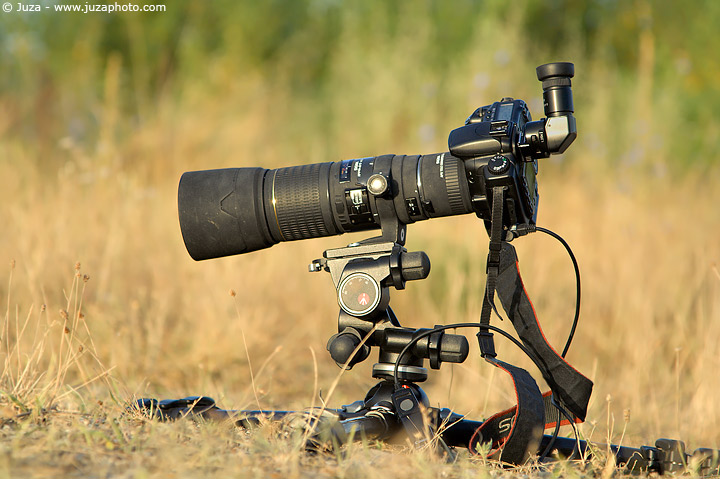

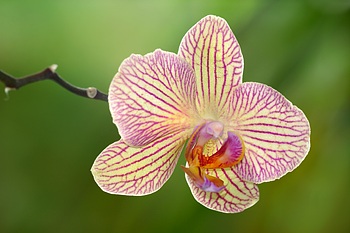
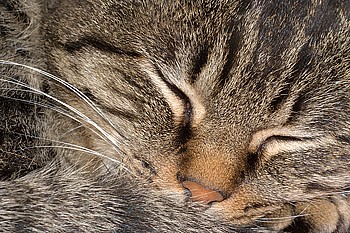













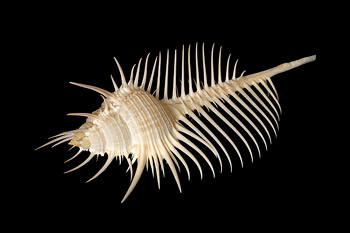
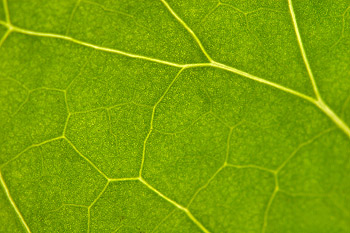
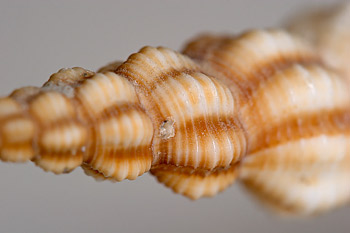




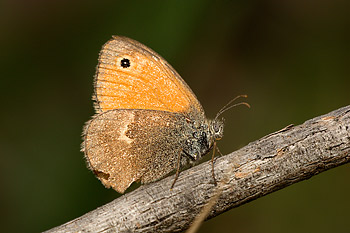

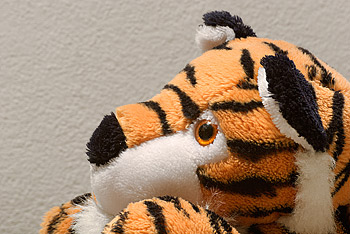
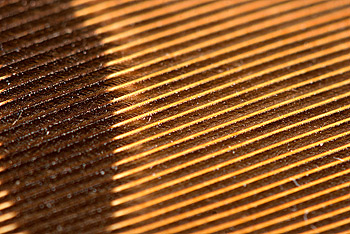
 JuzaPhoto contains affiliate links from Amazon and Ebay and JuzaPhoto earn a commission in case of purchase through affiliate links.
JuzaPhoto contains affiliate links from Amazon and Ebay and JuzaPhoto earn a commission in case of purchase through affiliate links.